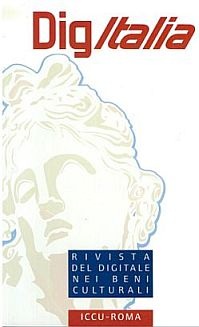From image to word: the rendering of illustrations in art and architecture accessible editions
DOI:
https://doi.org/10.36181/digitalia-00106Keywords:
Accessibility, University libraries, Illustrations, third mission, ArchitectureAbstract
The presence of rich iconographic content is a characterizing element of art, architecture and design publications but it risks being lost in transition from print to accessible digital editions for users with visual disabilities. The contribution exposes the work carried out on a selection of volumes within the project I libri Sapienza parlano, chosen among the titles digitized by the university libraries for blind and partially sighted students, with the aim of evaluating how to effectively convey even the illustrative apparatus. Following brief notes on the project and general considerations on the relationship between text and image in historical-artistic publishing — also drawing on the analysis of Roma barocca by Paolo Portoghesi — the paper examines four case studies. It outlines the approach adopted and the criteria followed, both in the descriptions and in their final audio rendering.
Downloads
Downloads
Published
How to Cite
Issue
Section
License
Copyright (c) 2024 Valeria Minisini

This work is licensed under a Creative Commons Attribution-ShareAlike 3.0 Unported License.
The Authors publishing their contributions on this journal agree to the following conditions:
- The Authors detain intellectual property rights of their work and transfer the right of first publication of the work to the journal, under the following Licence: Attribution-ShareAlike 3.0 Italy (CC BY-SA 3.0 IT). This Licence allows third parties to share the work by attributing it to the Authors and clarifying that the work has been first published on this journal.
- Authors can sign other, non-exclusive licence agreements for the dissemination of the published word (e.g. to deposit it in an institutional archive or publish it in a monography), provided that they state that the work has been first published on this journal.
- Authors can disseminate their work online (e.g. in institutional repositories or on their personal websites) after its publication, to potentially enhance knowledge sharing, foster productive intellectual exchange and increase citations (see The Effect of Open Access).






